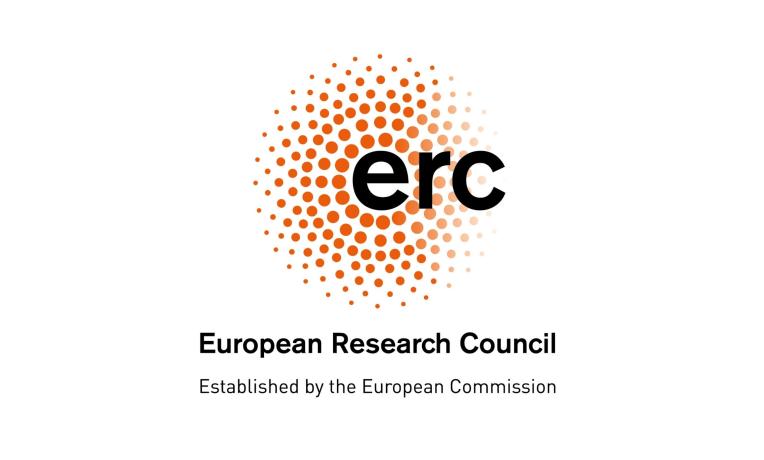Pact for Research & Innovation: the Foundations of the European Research Area still valid and unavoidable

ERC Scientific Council statement
Launched two decades ago, the European Research Area (ERA) has made limited progress. Options taken today will impact Europe’s position two decades from now. This is why they cannot be wrong.
The ERC Scientific Council fully supports renewed efforts to develop further the European Research Area. The relatively limited legal powers and budget for research at EU level means that improving the excellence and efficiency of Europe’s research and innovation system must result from an enhanced collaboration between the national and European levels.
In the two decades since the ERA was launched and the EU adopted its Lisbon strategy, China has managed to turn into reality its goals of advancing its role as one of the global leaders in science, strategic technology areas and industries. In its coming plan the investment in fundamental research will grow 7% annually. The United States just approved massive investments in Research and Innovation (R&I). During the same period the performance of the EU has been stagnant as the EU Research and Development (R&D) investment remains far from the 3% proclaimed target and in any case far below what is achieved by its major competitors, a number of them in Asia.
This should be a massive wakeup call for Europe’s policymakers. Europe cannot afford to content itself with a routine attitude at this critical moment. Decisive actions are needed NOW, so that in two decades time we will not be lamenting that Europe is a scientific follower dependent on others for the key knowledge and technologies its citizens need. We must learn lessons from previous attempts to build the ERA. The Pact for R&I may be the last chance we have to finally meet the goals of the original ERA and cement Europe’s position as a leader in research and innovation.
One of the key plans of the Lisbon strategy was to raise overall R&D investment in the EU to 3% of GDP(i). It remains crucial to raise Europe’s level of investment in R&D in order to meet the ambitious political objectives set for addressing major transformative actions: climate change, digitalisation and health (all areas where nobody challenges that R&I are key) in an effort to make major progress towards sustainability. This requires keeping up with the level of investments made by Europe's global competitors.
Actions to support research and researchers cannot be subordinated to achieving current EU policies and priorities.
The proposed Pact risks neglecting critical foundations of the ERA. For any research funding system, it is essential to provide sufficient base funding for universities and research institutions as well as reasonable opportunities for researchers to receive the funding needed to develop their projects. The pandemic has shown in the most eloquent way that decisive tools depend on having given sufficient room earlier to frontier research. Without understanding fundamental phenomena, an effort often built up over decades at the frontier, there can be no real solutions to problems. Furthermore, solutions can come from unexpected places. Science advances as a front. New findings in one area can open up new opportunities in different areas. Putting all the resources into certain priority areas can in reality lower our chances of achieving progress, even paradoxically in the priority areas.
Widening excellence and helping to build capacity are worthy goals that are complementary to and cannot replace strengthening Europe’s existing centres that have reached excellence. All these are conditions for Europe to remain attractive and competitive on a global scale. The global competition is fierce and not weakening. It concerns budgets as well as quality monitoring.
Member States need to adopt a long-term perspective. Developing a strong science base cannot be the project of a single minister or ministry. There must be buy-in across government and in the long-term by the scientific community. Too often we see a “boom and bust” pattern in research funding and everchanging reforms as administrations change. The countries, which now enjoy good research conditions, do so only because of wise and patient investments over many years. It can indeed take many years for the key actors in a system to react to the incentives and adopt structures put in place around them, fundamentally a question of trust.
Researchers are at the heart of the research process. We must ensure that research remains an attractive career for Europe’s brightest talents. A major part of this is to ensure that there is enough freedom and support for researchers to pursue their own research questions. And as a matter of great urgency we need to plot out a sustainable career path for talented young researchers who are probably the ones most hit by the restrictions introduced during the pandemic.
The ERC itself now plays a key role in the European Research Area. By creating a pan-European competition for funding and providing the conditions for researchers challenged to be daring, it has provided a benchmark for ambitious researchers, research institutions, regions and countries. This contributes to raise the level, dynamism and creativity of the European research eco-system.
Finally, we should all remember why we are trying to build an ERA together. Too often the motivation appears to be only to get resources from the EU level to complement scarce ones available at national level, moreover fragmented across 27 different systems. The EU has the talent to lead the world in R&I provided it acts together and gathers the adequate resources. Making the most of our talents and resources is ultimately the goal of maintaining a European Research Area. It has to provide the best possible foundation for heading into an increasingly unpredictable future.

